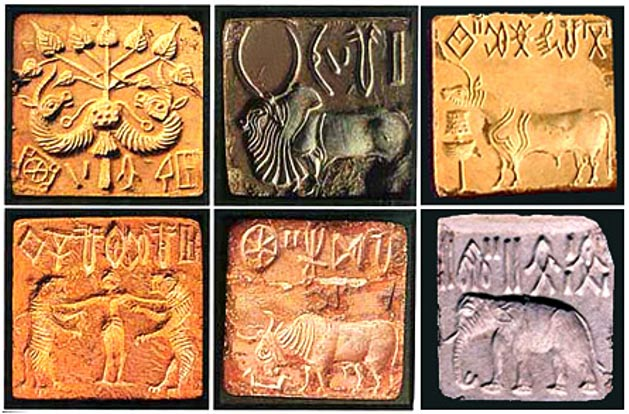Archaeologists from the University of Alicante and the University of Zaragoza have uncovered more than 100 prehistoric structures deep within the Cova Dones cave system in Valencia, Spain—a discovery that sheds new light on early human activity and ritual behavior.
Originally revealed in 1821 when an earthquake opened its entrance, Cova Dones is a sprawling cave extending over 500 meters in depth. Known for its remarkable Palaeolithic rock art, the site contains one of the most extensive collections of ancient paintings and engravings along the eastern Mediterranean coast of the Iberian Peninsula.
Among the cave’s rich visual legacy are over 100 works of rock art, including at least 19 animal figures such as horses, stags, aurochs, and female red deer (hinds)—all dating back approximately 24,000 years.
Mysterious Speleofacts: A Window into Prehistoric Symbolism
In their latest study, researchers have identified more than 100 speleofact structures—prehistoric formations made from broken and reassembled stalagmites. These aren’t natural rock arrangements; they are the result of deliberate human modification, possibly with symbolic, ritualistic, or functional purposes.
“The presence of calcitic regrowth on some of the fractures suggests that at least part of these interventions occurred during prehistoric times,” said a spokesperson from the University of Alicante. “This will be further verified through an ongoing multidisciplinary investigation.”
Speleofacts like these may have played a spiritual or ceremonial role, possibly related to early cosmological beliefs or communal rites. Other theories suggest they functioned as markers, barriers, or navigational aids within the cave’s interior.
A Broader Prehistoric Pattern
This isn’t the first time such structures have been found. One of the most striking parallels is Bruniquel Cave in France, where Neanderthals built circular arrangements of broken stalagmites roughly 175,000 years ago—indicating that the intentional manipulation of cave formations was a long-standing tradition among early humans.
Now, archaeologists at Cova Dones are launching an in-depth research project that combines geomorphological analysis, archaeological excavation, and advanced dating techniques to determine when exactly these speleofacts were created and how they may have been used.
As one of the most promising archaeological sites in the region, Cova Dones is gradually revealing a hidden chapter of human prehistory, where art, ritual, and survival intersected beneath the earth’s surface.







